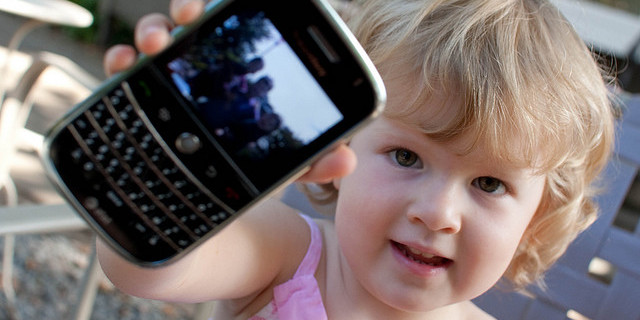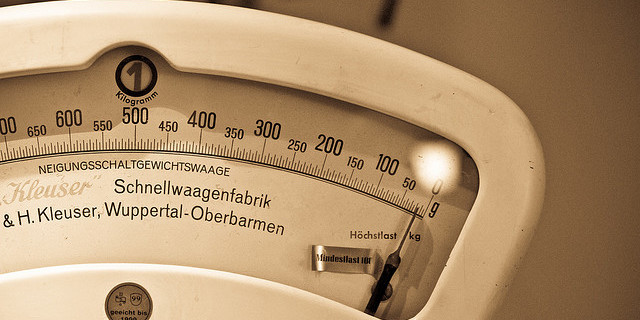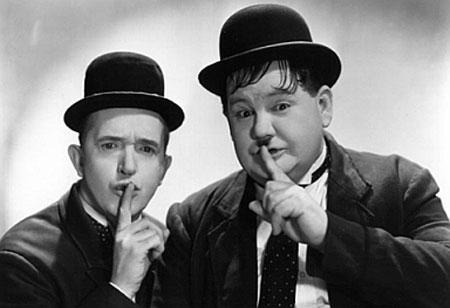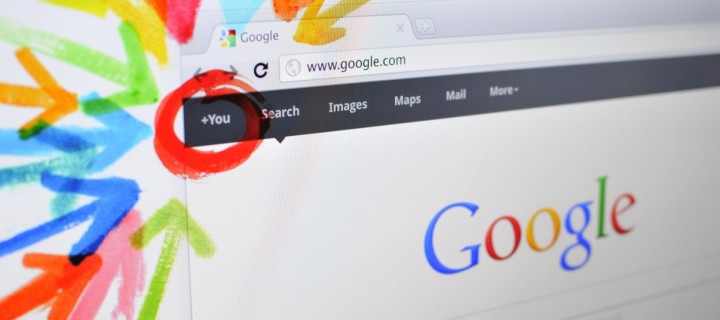
Four stupidly simple things to do to protect your brand’s Twitter feed
It was only last week we were all congratulating Nokia for their user of Twitter. But yesterday the account posted a ‘fuck you’ to its followers. Literally. Read More


It was only last week we were all congratulating Nokia for their user of Twitter. But yesterday the account posted a ‘fuck you’ to its followers. Literally. Read More

As marketers, we’re obsessed with numbers. The biggest one of the moment is the 400 million photos that Snapchat users are currently sharing per day, easily surpassing the number of images shared on Facebook and Instagram put together.
Which is irrelevant. Read More

Last week I gave a quick talk at the latest Free Dinner, organised by Adam of Free State. The evening was geared around discussing why people like. With other talkers having backgrounds in writing, events planning and neuroscience, I looked at the motivations for people liking and sharing online, and why that is rooted in a much more primal need to belong. My slides are below, along with a rough transcript of my talk.

Note- – an edited version of this post was originally published on Econsultancy
There seems to be a lot of confusion over engagement rates. in the simplest possible terms, an engagement rate is a measure of how many people are engaging vs the number of people who actually could be engaging. Due to the nature of the different platforms there are likely to be different rates for Facebook vs Twitter etc, but a good rule of thumb is to divide the number of interactions with your base. It isn’t rocket science. However, looking across the barren landscape of brand social media pages, achieving and maintaining high engagement levels does seem to be. So what’s going wrong? Broadly speaking there are six reasons why your engagement rate is low… Read More

Social media works as a platform because it taps into a human need, a need to share, to communicate. Successful brands have been ones that try to add to this rather than merely disrupt. Either by being part of the conversation whilst being timely, relevant and entertaining or by being useful, in some case literally just by being there so customers can contact them in the channels they chose.
Mobile has been exploded in popularity for consumers because it allows them to do a whole host of things wherever they are. From playing games to searching for things on the internet, the very nature of the device is its biggest feature. And that combined with social is incredibly powerful. Users can talk to whoever they want, be it their friends, their favourite celebrities or even their preferred brands wherever and whenever. Read More
Sitting in a room full of social media marketers talking about how to best use a social network for marketing isn’t among my favourite tenses to do. However, Facebook graph search is intriguing – I honestly can’t work out if it is an interesting experiment or actually something that could change the way we search.
Which was why I enjoyed the fact that the panel opened by asking the attendees to raise their hands if they had used the tool. About half had. Half of a room of people who had come explicitly to hear people talk about graph search. The second question was even more telling – how many of those that have used it actually found it useful. Less than half again. Not particularly promising…. Read More

Note- – this was originally published on Econsultancy
With a recent study showing that only a tiny 14% of CMOs are happy with their mobile strategy we thought it was about time people start asking questions about their brand in mobile. Read More

For years social experts have been declaring that the power of social is to engage people. To have conversations with them, all that jazz.
It’s even hinted that because engagement is so important that even measuring is a waste of effort. That we should focus 100% on engagement rates as this is the only true measure of success in social media. That it’s about quality not quantity.
Nonsense. Read More

Note- – this was originally published on the Marketing Magazine blog
We live in a world that is constantly updating. It is always on. We are surrounded by new content; hundreds of TV channels, with most of the content available on demand. Thousands of apps for our phones, millions of hours of content available on the web, updated every second with new tweets, blogs and videos of cats.
And in amongst that sea of content, are brands struggling to be heard. They are producing content themselves in huge amounts. Content is king, they’ve been told, and so they’re doing their part. They are churning out blog posts, “virals” and all the while updating Twitter and Facebook with banal salutations of “good morning, how was YOUR weekend?” supported with an unhealthy amount of exclamation marks…. Read More

Google+ launched brand pages yesterday to some fanfare and it seems that once more people are hailing it as the next big thing, the Facebook killer. Even people who were but yesterday decrying the death of the social networking site, scoffing at the 50 million users as inactive and essentially calling Google plus dead in the water, another failed Google project. Funny how fickle the social media expert crowd is when shiny new features are involved.
Brands can now create brand pages for their brands. Great. Whilst marketers are now having crisis meetings with clients who demanding to know whether they should create a Google plus page and how it fits into their social media strategy (surely they’re not just creating accounts for the sake of it?), most people are probably thinking, awesome, more companies in my stream.
So what should your brand be doing on Google plus?
If you are struggling to answer that question then perhaps the answer us nothing. And that’s a perfectly acceptable answer.
If you still want to something, like a child with a shiny new toy, then stop and think. Answer some questions:
Gimmicks make for quick growth, but once the novelty wears off, if there isn’t a sustainable approach to content you’ll be left with a dead page, and no one likes that.
That’s not to say no one should be creating brand pages on Google, the different feature set should allow some innovative new marketing opportunities for the early adopting brands. Hangouts for example allow for countless opportunities for brand with celebrity endorsements. Pop up gigs for fans, crowd sourced interview etc. And there is certainly some value in the idea that people can over think the strategy, spending weeks and months making a decision. If you can do something awesome and are confident you can follow it up with continued awesome, then a certain line of thinking says do it. Fortune does favour the bold. But make sure it really is awesome. And recognise that you’re not just doing a one off launch stunt. You’re creating a page. A page you’ll have to maintain for the foreseeable future. A Google plus page isn’t just for launch day.
The last question you need to ask is Do you really want a Google plus page for your brand?
Let me know what you think, show off your Google+ brand pages in the comments. And follow me on Google+ here

Automatic posting, or frictionless sharing as Facebook is calling, essentially means Facebook automatically sharing updates of what a person is doing. Whether that activity is listening to a music track or trading an article on a website.
There are two problems with this new approach to sharing. The first is that this essentially equates social networking with life streaming. Facebook goes as far as to rename profiles as timelines. It assumes we want people to know everything about us, that we want our lives to be public, our lives to be lived in the public domain. But not everyone wants their activity broadcast across the web, certainly not all of their activity. Not everyone wants to be a celebrity, sacrificing privacy for slightly more attention. The functionality is, for now at least, opt in. Meaning the user has to allow Facebook permission to auto share, and in the instance of reading updates, the site must also have the functionality enabled. Read More